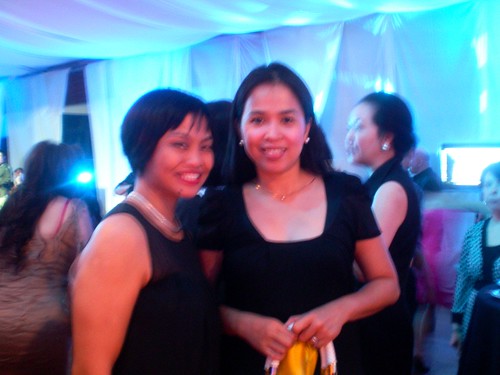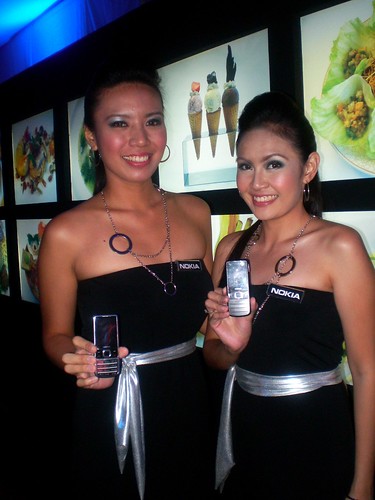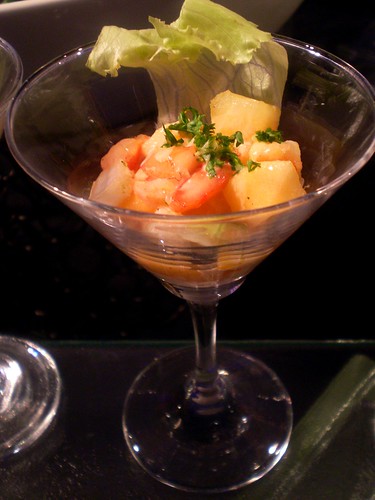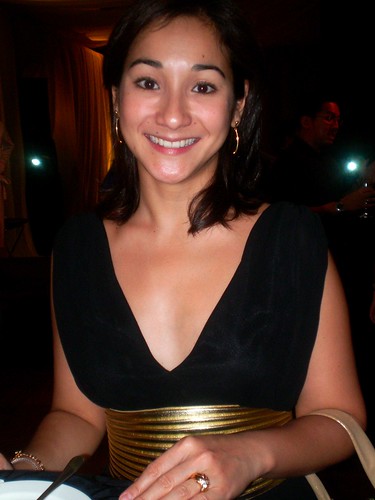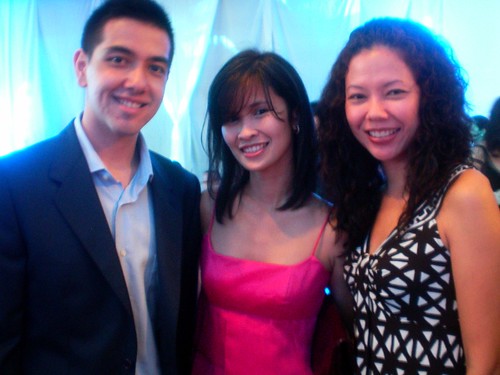Penman for Monday, July 20, 2009

IT'S NOT every week—not even every year—that I get to have two of my books launched, but late last month, the incredible happened: I had two new books out within practically a week of each other. The sad thing was, I was still largely bedridden then—or La-Z-Boy-ridden, to be more specific—from my recent operation (about which you’ll hear no more, I promise), so the books were launched without me.
That was all right, not only because the launch dates had been set way ahead of time, but also because these two books were of the kind that were focused much less on the author than on their subjects. Indeed, you may not even find them in the regular bookstores, having been privately commissioned by their publishers.
The first, launched last June 18, was
The Voices of the Mountain: The People of Mount Apo Speak (Energy Development Corporation, 2009), a chronicle of the Mount Apo geothermal project implemented by what’s now the Lopez-owned Energy Development Corporation. Possibly the most controversial infrastructure project in recent Philippine history, the Mount Apo project—from its exploration to its production phases—generated a lot of heat, not just underground but aboveground, because of the threats that many people thought it would pose to the mountain’s fragile ecology and to the lives of the mountain dwellers. The book presents the project’s history, and the pros and cons of the ensuing debate, drawing mainly on the testimonies of the mountain’s residents—many of them native Manobos—and of the people who saw the project through.
The second, launched on June 26, was
Wash: Only a Bookkeeper (SGV Foundation/AIM Scientific Research Foundation, 2009), a biography of the 88-year-old Washington Z. SyCip, founder of the accounting giant SGV. As I noted in the brief remarks I sent to be read at the launch, “It was a great honor and pleasure for me to be asked to write this book. Wash SyCip is a biographer's dream and an interviewer's delight: a truly accomplished and distinguished man who—unlike some other such high achievers—always saw the world to be larger than himself, and acted with both bold resolve and disarming humility… someone whom I can only describe as the most Filipino of Americans, indeed even more so than many Filipinos. I have only authored a book; Wash has authored a remarkable life.”
Both of these books were challenging but also exciting to write. As a frustrated engineer, I’m fascinated by technical subjects—my other nonfiction works include a book on the Malampaya natural gas project, and I’m now also at work on the history of a leading Philippine engineering and fabrication firm—and the geothermal industry and the accounting profession, as different as they may be, provided me with a quick education on the way things work. From a fictionist’s point of view, it was also a chance to recast what otherwise might have been a dry journalistic report into something more dramatic. As a teaser, let me share with you the opening paragraphs from Wash SyCip’s biography, where I depict him as a passenger on a ship, returning home in 1946 from his wartime service as a volunteer soldier in the US and a codebreaker in India:
“To the small, wiry man on deck, the city across the water would have been barely recognizable. The smoke of war had cleared—a few months had passed since the last shot had been fired in a bloody campaign to drive out the invaders—but much of the rubble remained; indeed the city itself was a mound of rubble, many of its old majestic landmarks gone up in dust and smoke.
“In the city’s oldest section, within the stone walls of Intramuros, an entire procession of churches—the Manila Cathedral, Lourdes, Santo Domingo, San Francisco, San Ignacio—had crumbled to the ground; only San Agustin remained. Of the city’s many universities and colleges, only two colleges—Letran and Sta. Rosa—withstood the bombs and the artillery. The City Hall, the Post Office building, and the Metropolitan Theater were all vacant hulks, their bone-white shells pockmarked in thousands of places by sustained bombardment between February and March 1945.
“The man on board the Navy ship was too far to see these details for himself, but the strange concavity of what had been the metropolitan skyline, the impression of a body supine and overrun by tubercular rot, and the brooding silence that waited across the bay would have encouraged his worst fears.
“The last time he had seen this city, more than six years earlier, it had been the Far East’s liveliest port, and looking over his shoulder, on the ocean liner that would take him to Hong Kong and then to America, he would have, in the gathering dusk, seen and remembered Manila as a ribbon of sparkling lights, throbbing with trombones and saxophones, belching from a surfeit of good food and easy liquor, puffing Lucky Strikes and whistling coolly in the tropic dark.
“Now he was returning in the afternoon, when the bay typically turns leaden, the blinding clarity of morning replaced by a dirty, vaporous film. His ship lay at anchor, unable to dock just yet because the city’s longshoremen had inexplicably chosen this moment—this day! this ship!—to go on strike, but its engines would have been running at some level to keep its officers and refrigerators cool while temperatures and tempers rose, and its fumes, however faint, would have contributed to the general pallor of the day.
“…. The ravaged landscape was the least of the young man’s worries. The city that waited for him was steeped in death; the liberation of Manila had exacted the lives of more than 1,000 Americans, 16,000 Japanese, and 100,000 Filipinos, these latter victims ruthlessly massacred by the retreating defenders. They could have included the young man’s relatives; at one point he had believed that his father had been executed. It wasn’t true, this he now knew, but the euphoria of learning that his father had been spared would have since been replaced by the gnawing impatience to rejoin his family, to squeeze their bony arms with his own small but steady hands, to recover the lost years, and then to rebuild his future.”
I love writing these stories, and I hope you get a chance to read them.
![]()
